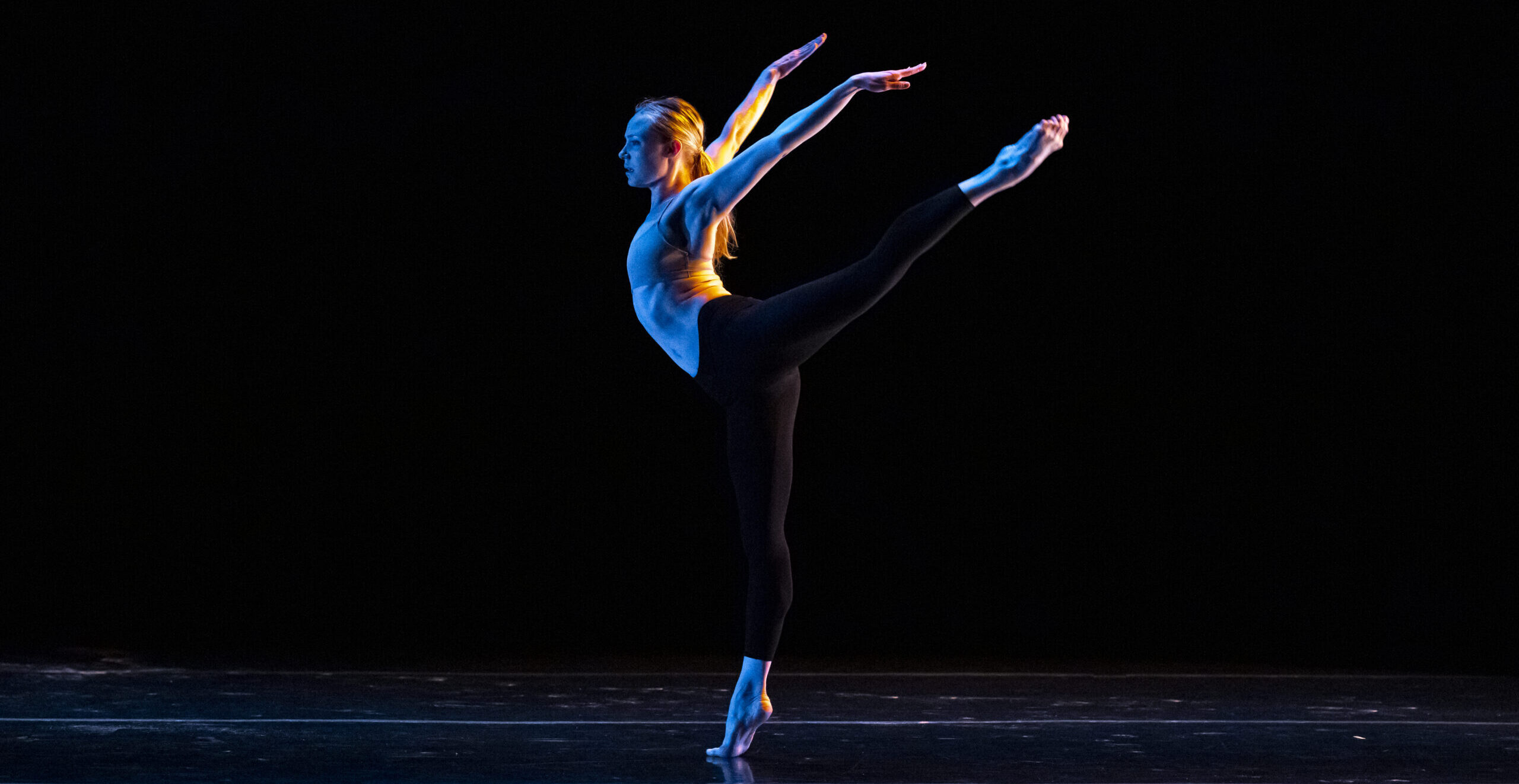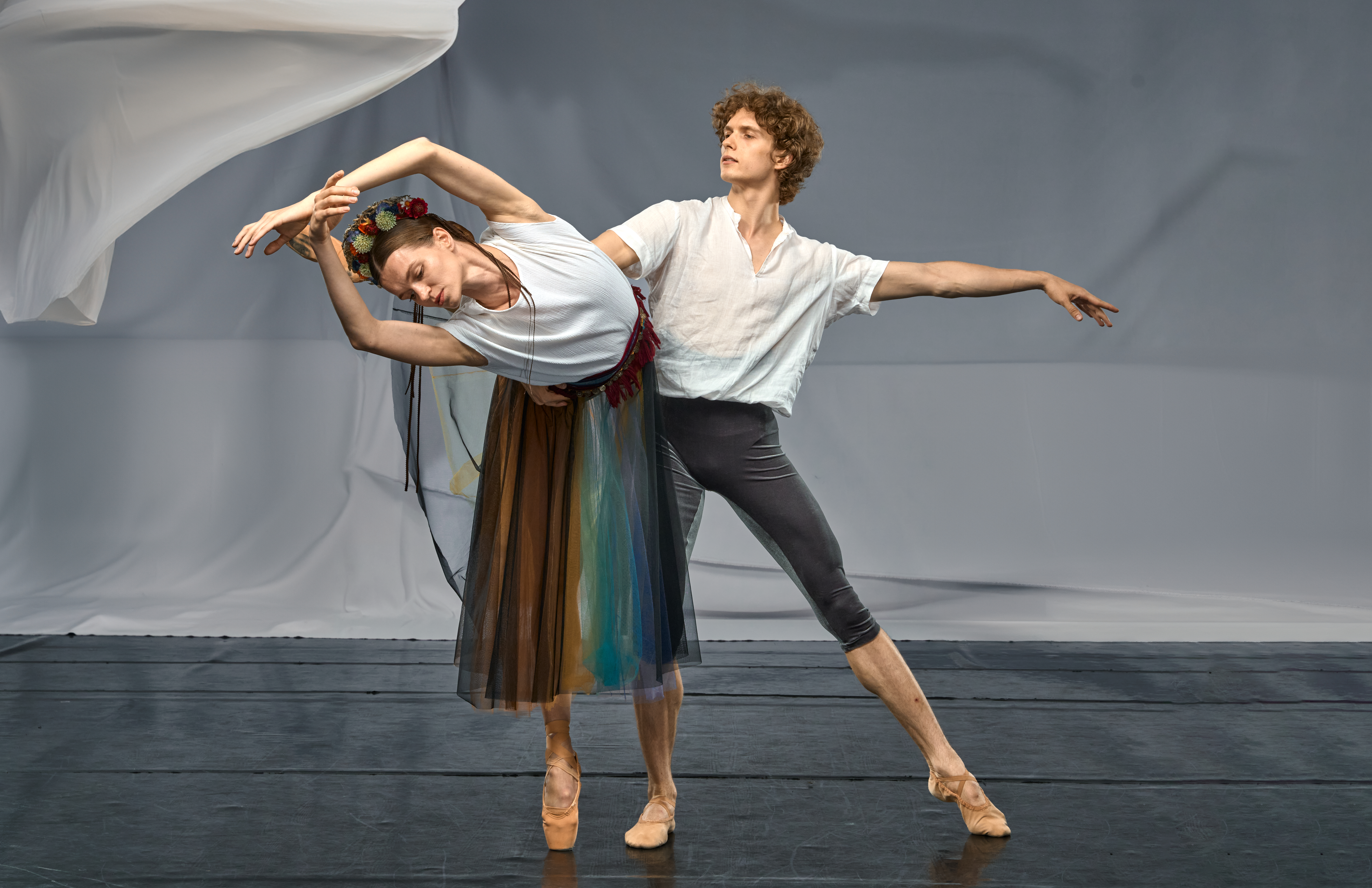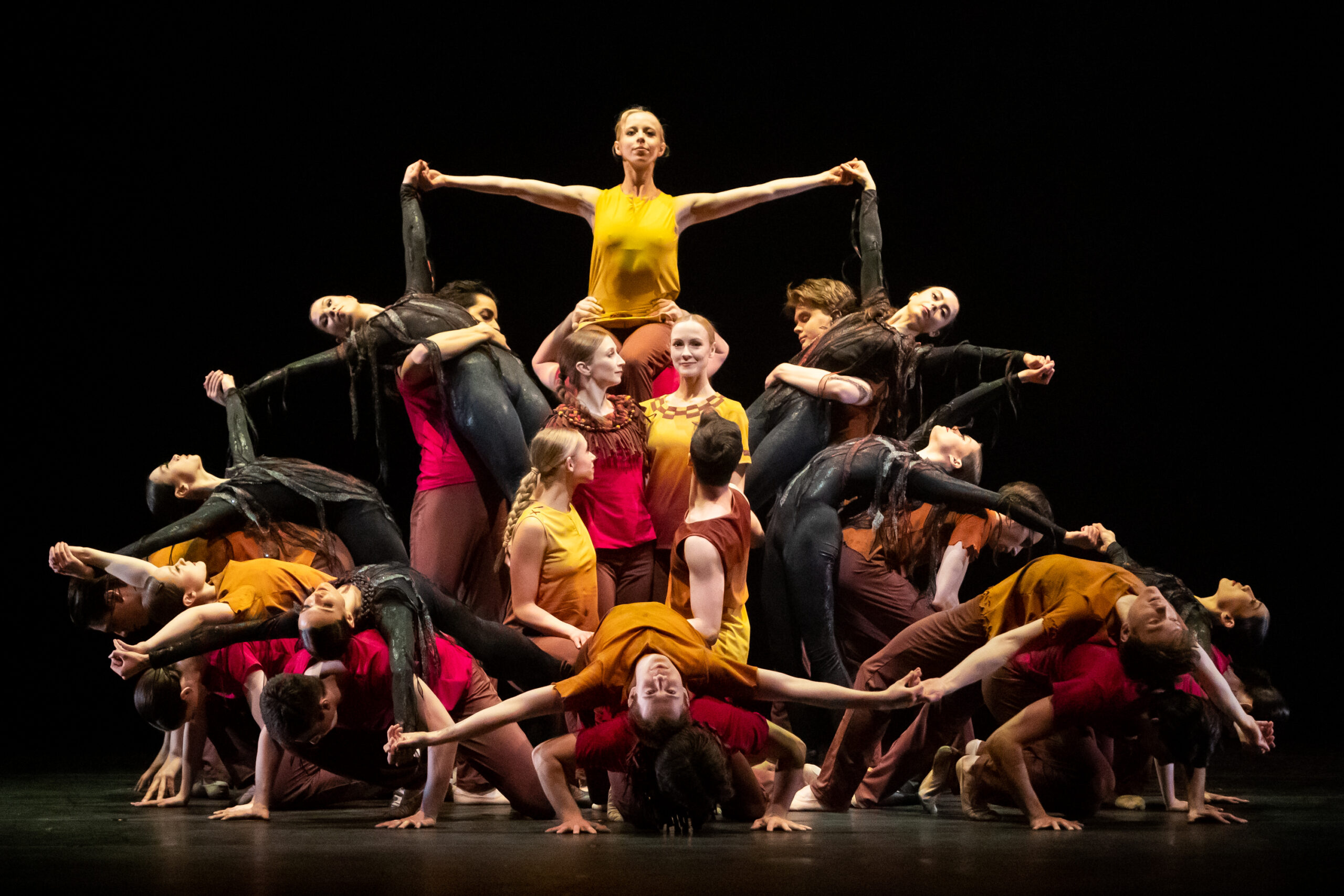With a wish list of companies and performers in mind, Stanford Makishi, the vice president and artistic director of dance at New York City Center, works with his team to solve the puzzle that is creating its annual Fall for Dance Festival. How they do so is simpler than you might think.
“We literally have companies written on Post-it notes on a giant whiteboard, and we’re constantly moving around Post-it notes,” Makishi says. “It is the most low-tech way of programming that you could possibly imagine, but it’s the most streamlined process.”
Fall for Dance opens its 21st season on September 18, running through the 29th. It will feature five unique programs highlighting an international array of dance companies spanning multiple genres, including ballet, tap, modern, and contemporary. On the bill are artists and companies like Dutch National Ballet, Royal Winnipeg Ballet, Boston Ballet, Complexions Contemporary Ballet, Sara Mearns, Aran Bell, and the New York City premiere of Alexei Ratmansky’s Wartime Elegy, danced by the National Ballet of Ukraine. And maybe best of all? A ticket will run you only $30.
Makishi says preparation begins as far as two years in advance. He aims to showcase a broad range of dance companies in terms of size, fame, genre, and more.
“We’re constantly thinking about what dance looks like at any given moment,” Makishi says. “A lot of our audience members are new to dance, and we want them to leave loving dance. We want to show them, and even our veteran dance-goers, something that they might not otherwise choose to see on their own.”
Audiences will have the chance to see works by three rising choreographers, two of whom are New York ballet stars and one who is gaining recognition in Canada.
New York City Ballet principal Tiler Peck choreographed Piano Songs, which was co-commissioned by New York City Center and Vail Dance Festival. It will be performed by American Ballet Theatre principal Aran Bell.
ABT’s Herman Cornejo and Skylar Brandt will dance in Cornejo’s world premiere interpretation of The Specter of the Rose, originally choreographed by Michel Fokine in 1911. “He is really thinking creatively about the way he wants to re-envision The Specter of the Rose,” Makishi says. “It’s a generous way to think about reimagining a very famous and classic work. [Compared to] Fokine’s version, he’s giving the ballerina more to do.”
Then, The Royal Winnipeg Ballet of Canada will perform a new work co-commissioned by New York City Center and the Bard College Center for Indigenous Studies by Canadian choreographer Cameron sinkʷə Fraser-Monroe. Fraser-Monroe’s work, šɛgatəm, translates as “to lift someone up” in the language of the Tla’amin First Nation, of which he is a member. “Fraser-Monroe is already starting to make a name for himself in Canada, and we wanted to share that with our New York audiences,” Makishi says.
Whether audiences attend multiple programs or just one, Makishi is sure they will leave with a greater appreciation of dance.
“It really is about what we think we want to present to our audience and what we think is important for our audiences to see,” he says.


